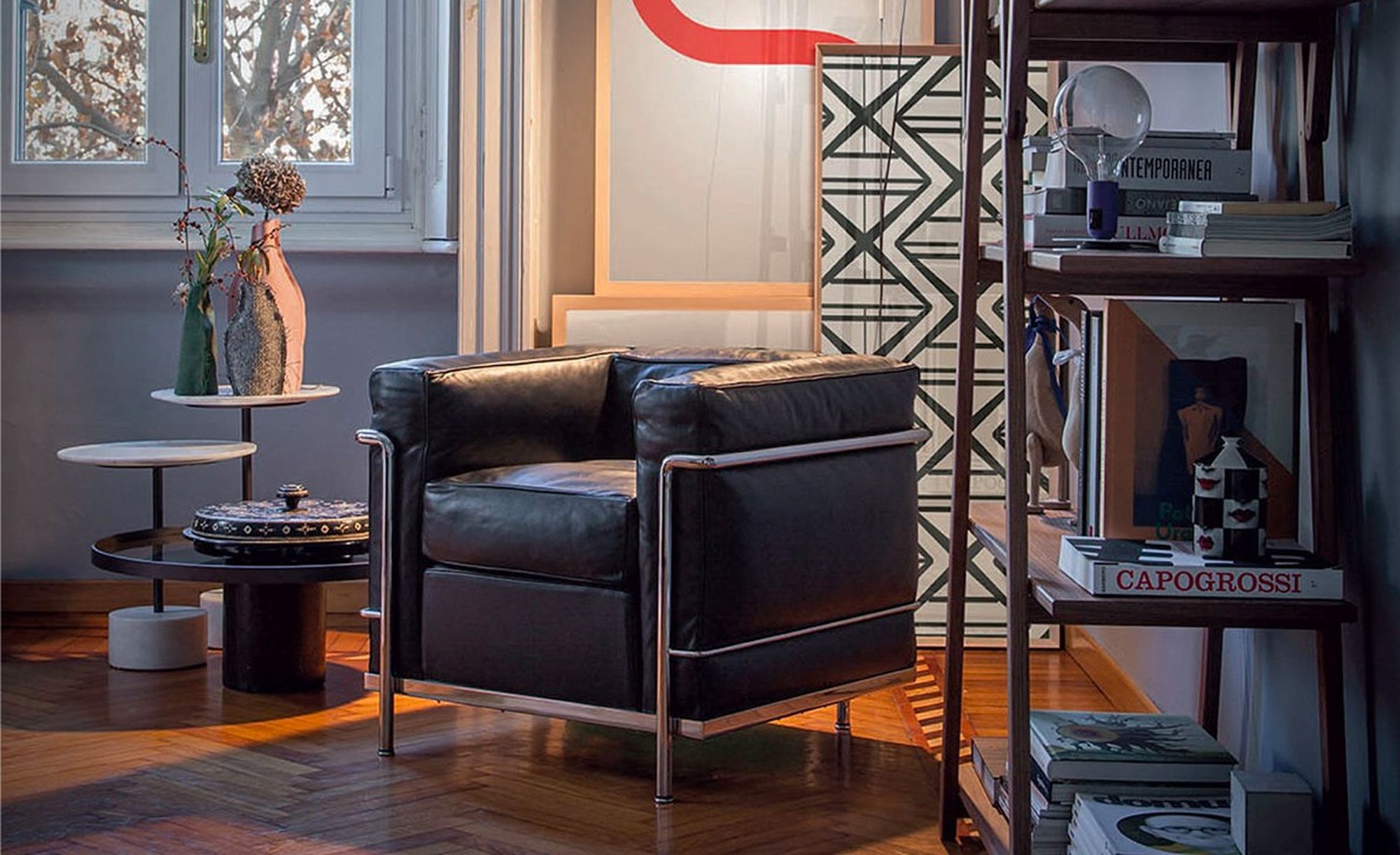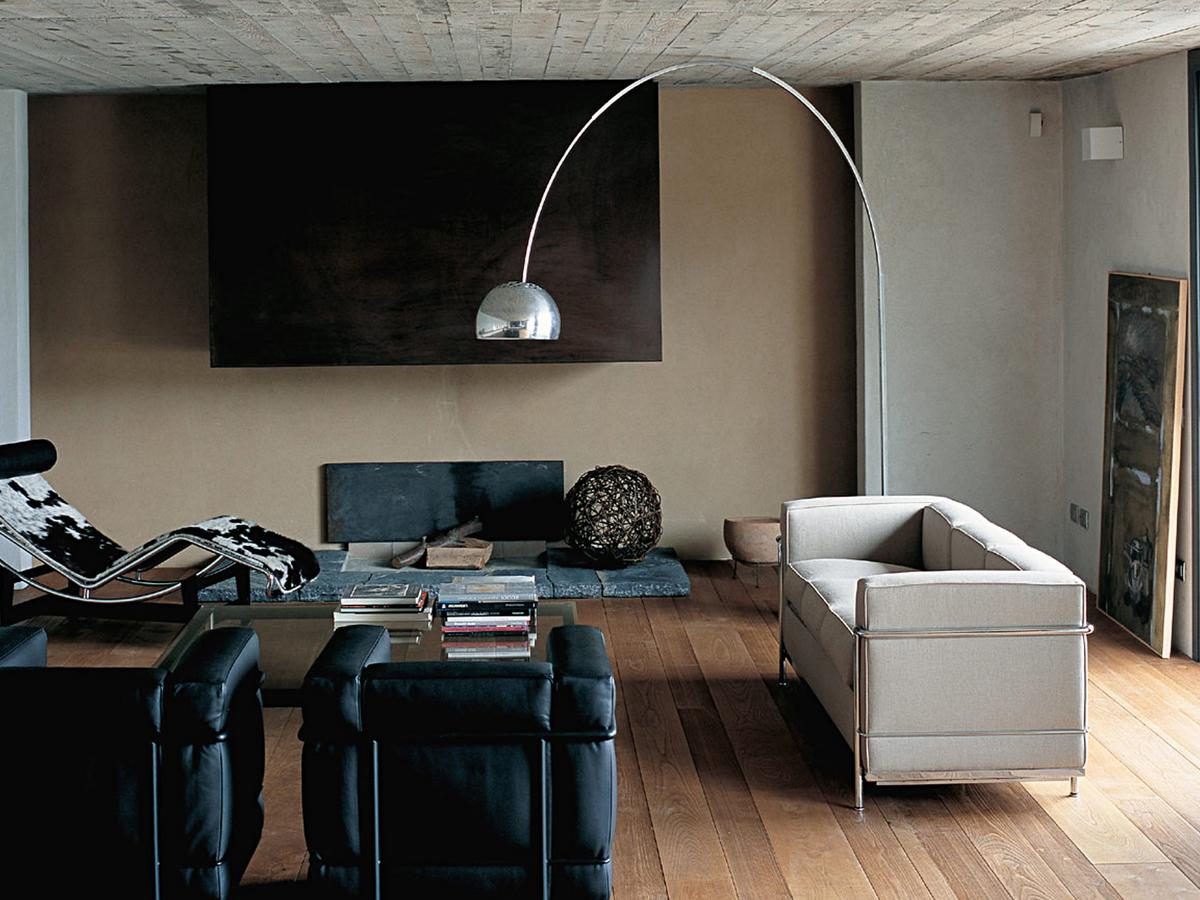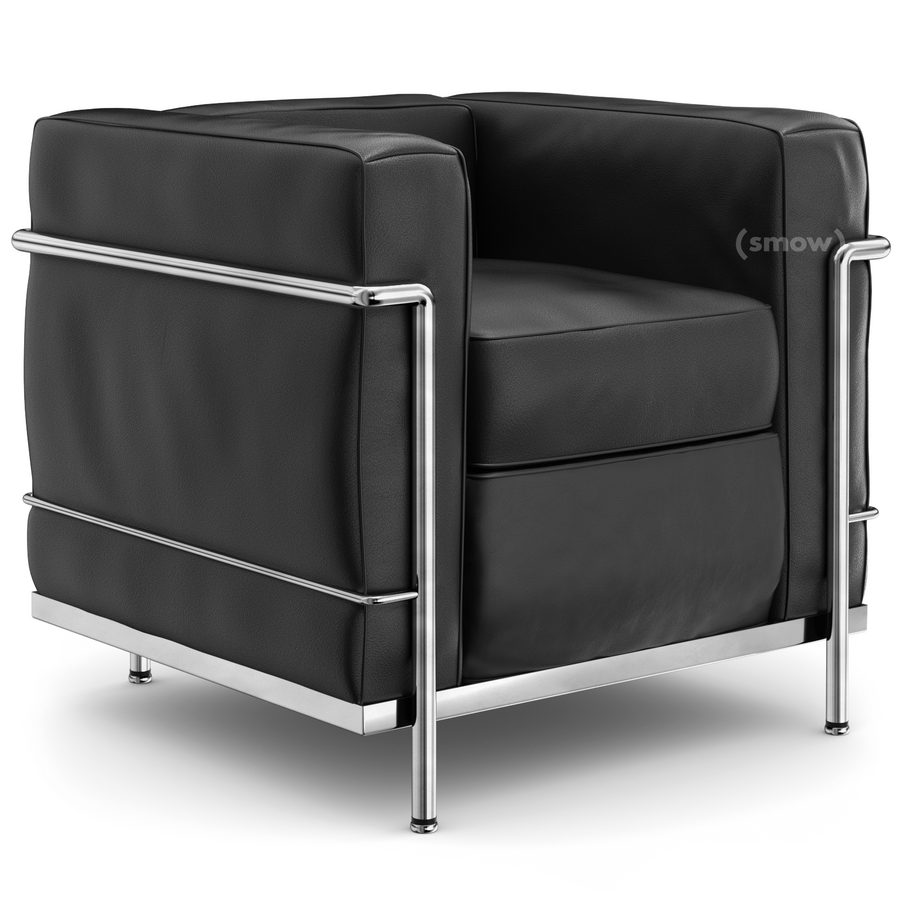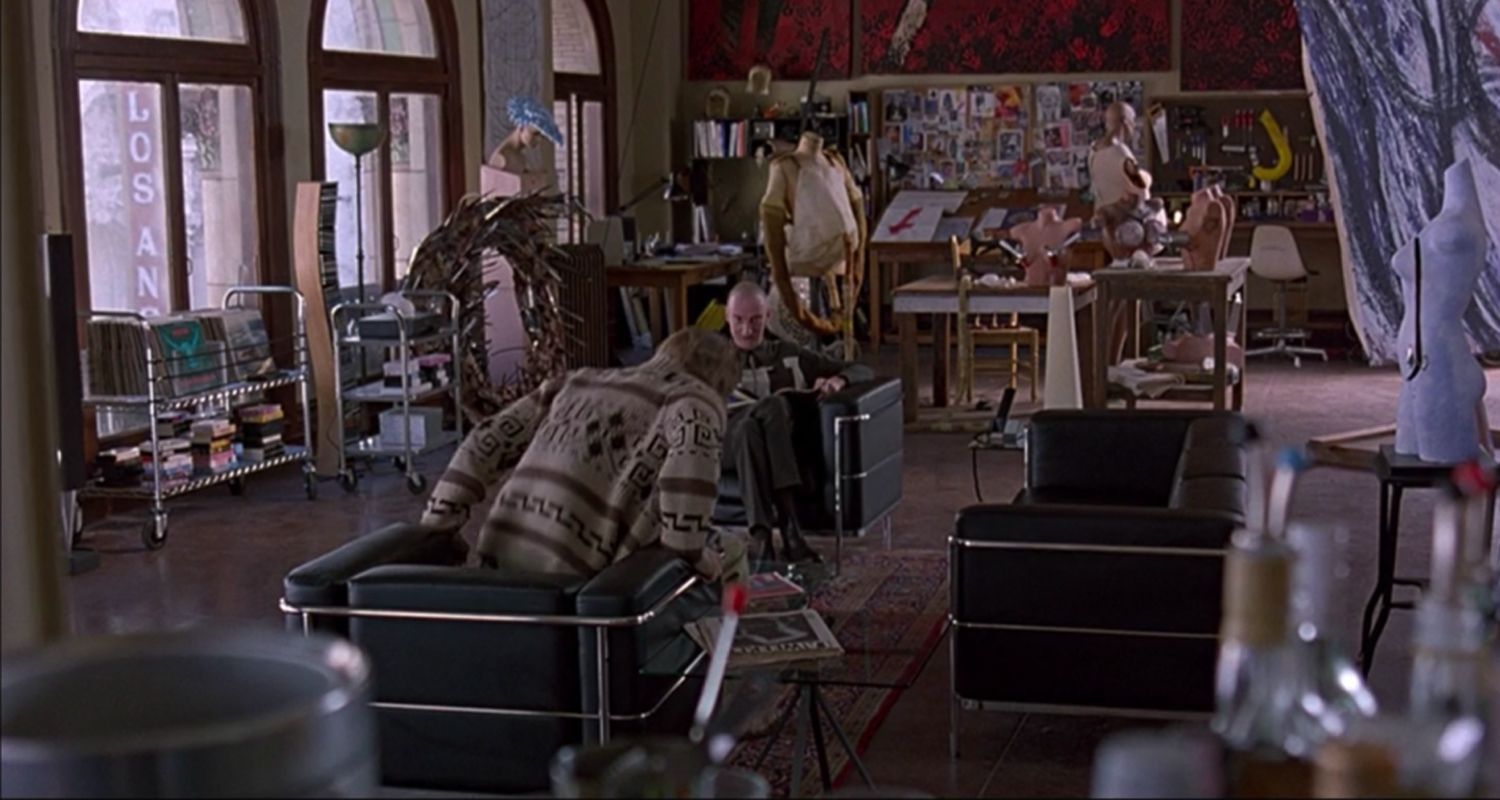LIVE DIFFERENTLY WITH
DESIGN
Sitting in style: the timeless design of Le Corbusier's LC2 armchair
Le Corbusier's Petite Lounge Chair (LC2) is a smaller version of the famous Grand Confort Lounge Chair (LC3) designed in 1929. Born Charles Edouard Jeanneret, Le Corbusier is undoubtedly considered to be the most important modernist chair designer in France. A spirited advocate of Modernism, Le Corbusier created a range of chairs that expressed his ideas with great sophistication.
A timeless style that has written its own chapter in design history, becoming an icon of global fame. Designed for ease of conversation, the LC2 armchair was exhibited at the Salon d’Automne [Autumn Salon] in Paris in 1929 as the archetype of the modern concept of furnishings, interpreted by its authors as “household equipment”. The separation of the metal frame and the cushions expresses a rationalist approach to industrial production.

Design excellence
The LC2 armchair is a masterpiece of geometric precision and modernist aesthetics. Its clean lines and structured form showcase a commitment to simplicity, a hallmark of the modernist movement. The tubular steel frame, an emblem of industrial elegance, not only provides structural integrity but also elevates the chair to a level of functional art. Cloaked in luxurious leather upholstery and adorned with plump cushions, the LC2 achieves a perfect synthesis of comfort and opulence.
Historical significance
The LC2 armchair emerged during a transformative era in design history, where Le Corbusier and his collaborators sought to redefine the relationship between form and function. Beyond being a mere piece of furniture, the LC2 became an integral part of Le Corbusier's architectural visions. Its presence in the Pavilion de l'Esprit Nouveau, a testament to the architect's commitment to modern living spaces, solidified its status as a symbol of the modernist movement.

Versatility in design
Beyond its historical significance, the LC2 armchair has demonstrated remarkable versatility in contemporary design contexts. Its timeless appeal and adaptability to various interior styles make it a sought-after piece for both residential and commercial spaces. Whether gracing the sleek interiors of modern apartments or complementing the luxurious settings of upscale residences and showrooms, the LC2 continues to be a symbol of refined taste and design sophistication.

Global influence
The LC2 armchair's influence extends globally, making it a revered design icon across continents. Its presence in prestigious museums, architectural landmarks and high-end residences attests to its enduring relevance and impact on the world of design. Interior designers often turn to the LC2 for its ability to infuse spaces with a sense of architectural grandeur and timeless allure.
Museums, art galleries, cultural institutions as well as public areas as hotels or luxury offices or lounges feature the LC2 armchair as part of their interior design, emphasizing its functional and aesthetic significance. Its presence in these settings celebrates its status as a design classic. It is part of the permanent design collection of the Museum of Modern Art, in New York.
Film and media roles
Film buffs will recognise the LC2 and LC3 pieces that decorate Maude Lebowski’s art studio in The Big Lebowski.

The LC2 (and similar LC3) have been featured in a variety of media, notably the Maxell "blown away" advertisement. At the 2010 Apple event, the then CEO Steve Jobs used a classic LC3 chair while introducing the iPad.
In Spy × Family (a Japanese manga series written and illustrated by Tatsuya Endo), the first volume depicts the character Twilight sitting in an LC2. The Forger family's living room is also decorated with LC2 chairs and sofa.

